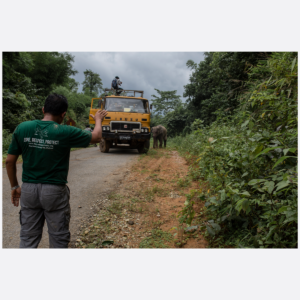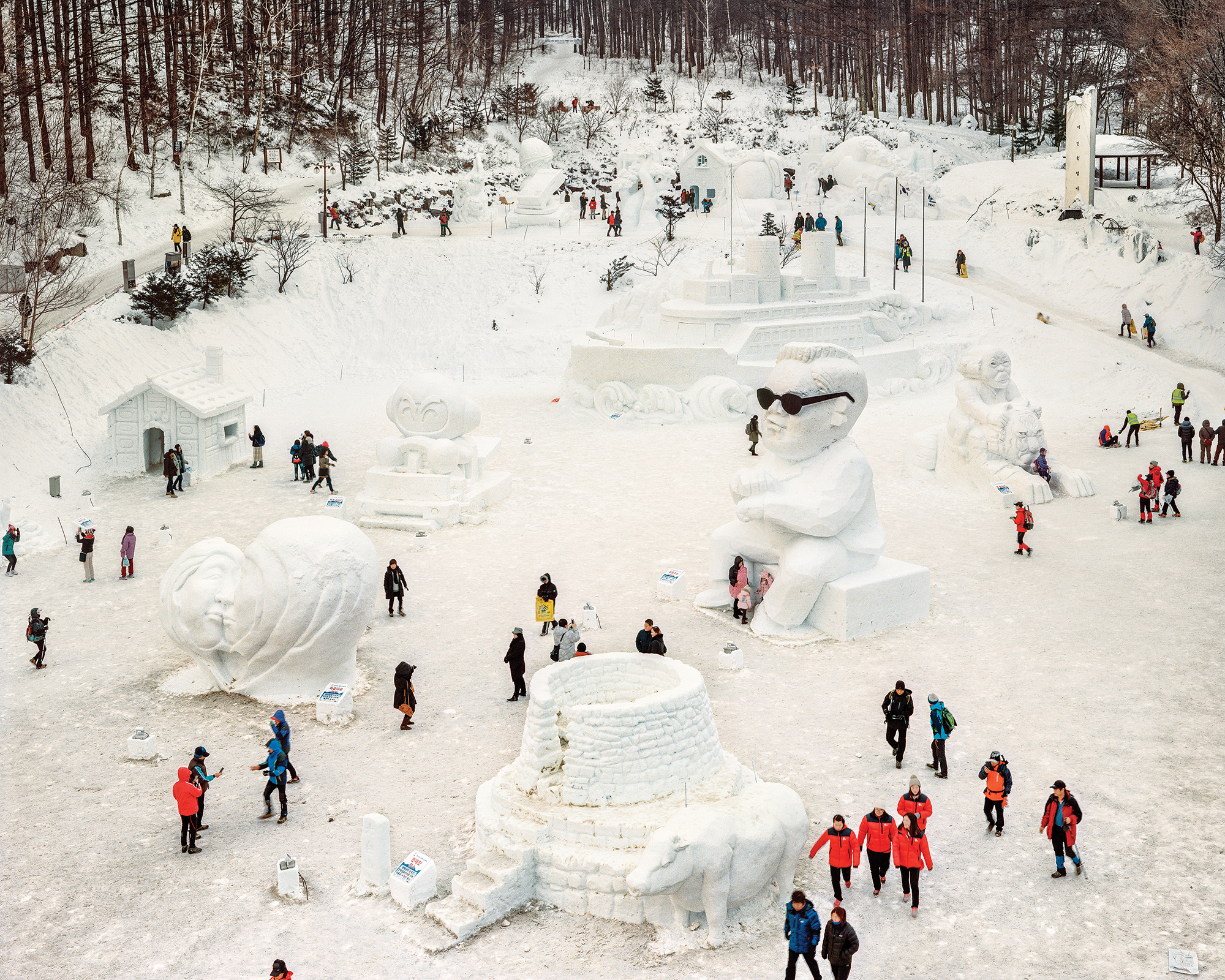Amid Myanmar’s battle to save its rapidly falling number of elephants, the country is still home to the world’s largest captive elephant population. For hundreds of years, the elephants have helped to extract precious hardwoods from jungles inaccessible to modern machinery. Neighbouring China has an increasing appetite for elephant skin, teeth, tusks, tails, and other body parts that are used in traditional medicine and jewellery. This has turned Myanmar into a poaching hotspot where elephants are killed for their skin, while previously mostly being hunted for ivory. Elephants are typically shot with poisoned darts or high-velocity rifles and die a prolonged and painful death before being skinned or decapitated for their tusks. According to Save the Elephants, an NGO, the wholesale price of an elephant tusk dropped from USD 2,100 a kilo in2014 to less than USD 1,000 in 2017, thanks to ineffective ban in China. Traffic, an organisation which monitors wildlife, puts the price of elephant skin at about SD 120 a kilo, up from USD 10–20 ten years ago. At least115 wild elephants have been slaughtered by poachers within the past five years in the dense jungles. This spike has led to increased support for the country’s national plan to protect elephants from organisations like WWF and others. Increased training for forestry staff, mahouts, and the rangers of Myanmar’s Emergency Elephant Response Unit has led to 15 arrests of poachers in 2017. The Burmese government has also been organising public ceremonies where contraband animals’ parts are incinerated. The world now has fewer than 50,000 wild Asian elephants, of which 1,000 to 2,000 live in Myanmar, down from 10,000 twenty years ago. Elephants could be wiped out by 2030 and Myanmar faces a big challenge in saving its elephants with deforestation and climate change threatening habitats.
—
In my working period, I will go to those three regions, most importantly to the Ayawaddy Region where I have to stay with forestry staffs for months to wait and follow the surprised check in the deep forest. The illegal logging and elephant-hunters are significantly catching and running with the government staffs. In 2017, one elephant per week had been killed in that region. Government statistics show that at least 115 wild elephants were slaughtered by poachers within the past five years in the dense jungles of Ayawaddy, Bago and the periphery of Yangon region, with a record-high of 59 in 2017. I will be staying at all those villages to witness the killings and who they do trading the elephants’ parts to the illegal markets. Most of the villages reluctant to have a ‘wild-life’ photographer obviously. So engaging with villagers and forestry staffs would take time. Most of the time, they ask ‘money’ for help and to help me as they have to leave their works behind while they’re helping me. As I’ve been documenting only focusing on the wild-life elephants in Myanmar, I’m always eager to do a bigger picture, broader perspectives on the ‘wildlife elephants’ and threats to them. I believe that my work could project the conflicts between wile life elephants and human beings and the illegal trading of while life parts.
About the Artist
Ko Myo (Burmese, 1978) studied basic photography at Myanmar Photographic Society and gained an interest in documentary work after attending a workshop at the Yangon Photo Festival. He has since been taking part in Yangon Photo Festival where his photo-essays received awards for multiple years. His major ongoing long-term project focuses on Myanmar wild elephants, particularly the increasing conflicts with humans brought about by deforestation, rapid population decline due to the growing wildlife trade and complex relationships between man and wildlife. Ko Myo hopes to help in the protection of elephants by using his photography to increase awareness of their plight and educate on how to minimise the human impact on elephants lives. He hopes that his work will inspire greater awareness of the important relationship between humans and these endangered animals.


